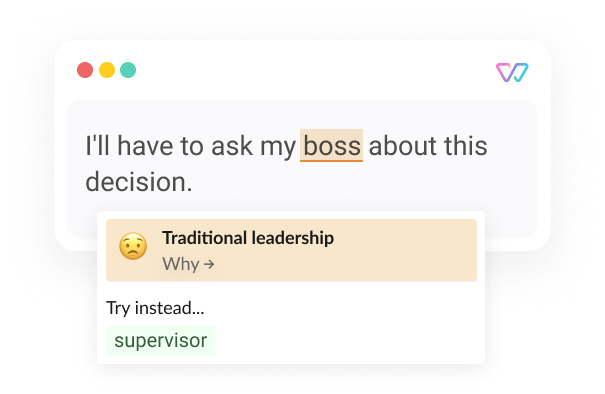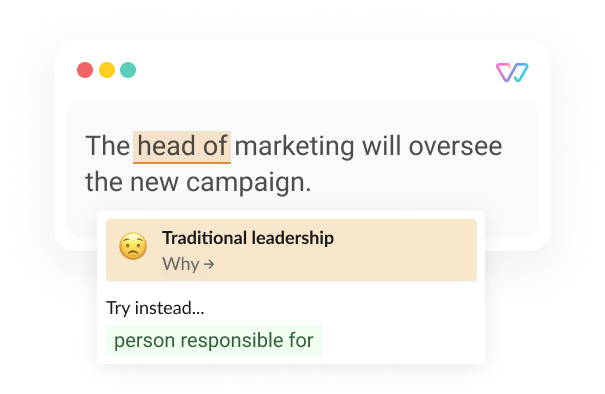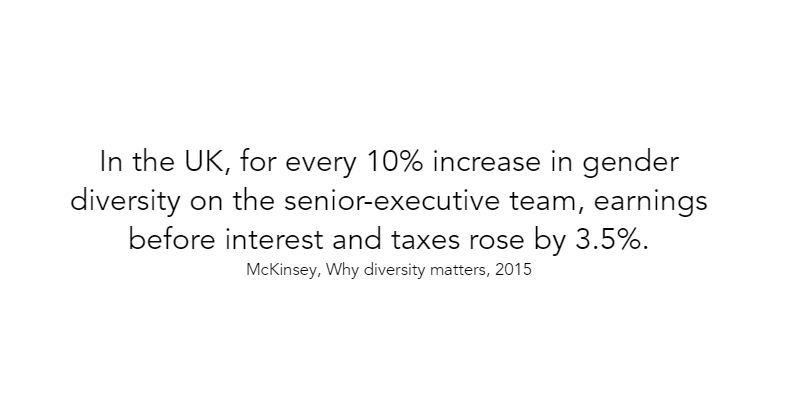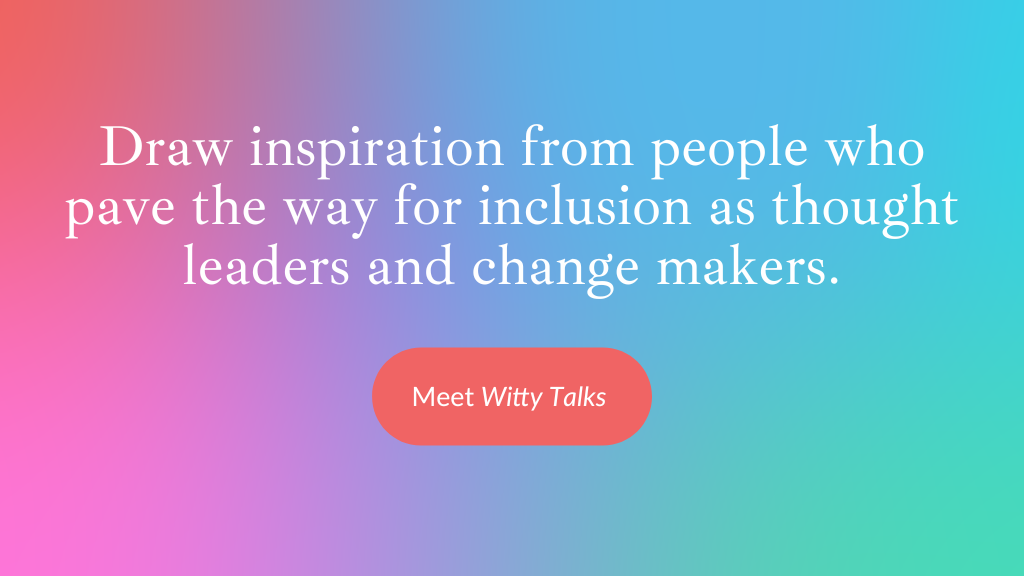 Traditional leadership
Traditional leadership
Repeats outdated ideas about leading
To support all gender identities in leading roles, avoid masculine stereotypes and rigid hierarchies when discussing leadership.

Grundlagen Beispiel

Erweitertes Beispiel

Throughout history, ideas of an effective leader matched ideas of masculine traits – single-minded, competitive, and authoritarian. People with feminine traits were not deemed leadership material. But our ideas of what we need from leaders today are evolving. Avoiding male-leader stereotypes helps build a space where people with the ability to be supportive, to encourage, and inspire us to work together toward a common cause can take on leadership responsibilities, regardless of their gender identity.
👍
We'll meet the new supervisor later. I've heard they'll also communicate expectations and shared goals for new research and development projects.👎
We'll meet the new boss later. It seems he'll also take the lead on new R&D projects.Wen diese Sprache nicht einbezieht?
- Menschen, die gerne interagieren und zusammen auf gemeinsame Meilensteine hinarbeiten
- Menschen, die sich als Frau identifizieren
- Menschen, die durch große gemeinsame Anliegen inspiriert und motiviert werden
- Menschen, die zwischen Mitte/Ende der 1990er und Anfang der 2010er Jahre geboren wurden
Wir verbeugen uns vor
- Why diversity matters (Dame Vivian Hunt, Dennis Layton, and Sara Prince)
- Women in the Workplace 2022 (Alexis Krivkovich, Lareina Yee, Wei Wei Liu, Ishanaa Rambachan, Nicole Robinson, Hilary Nguyen, Monne Williams)
- Gender bias at work: The assertiveness double-bind (Felicity Menzies)
- Can Leaders Step Outside of the Gender Box? An Examination of Leadership and Gender Role Stereotypes (Margaret Y. Padget, Craig B. Caldwell, Andrew Embry)
- Let’s Stop Talking About “Female” Leadership Traits (Susan Colantuono)




